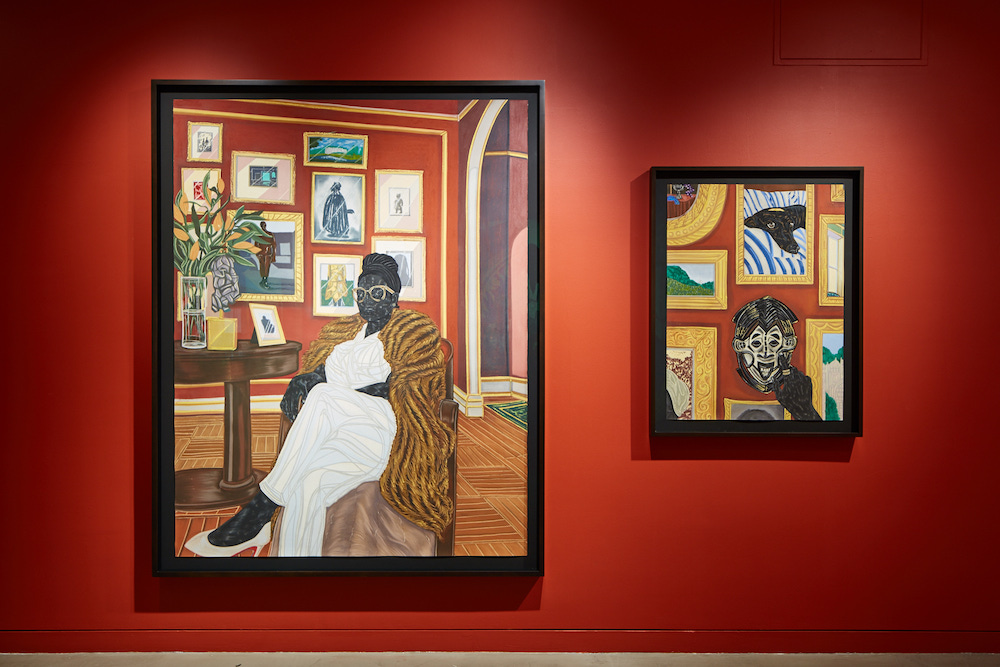Haymarket Books will release Azadi: Freedom. Fascism. Fiction., a slim new collection of essays by Arundhati Roy, this September, but if there were ever a book that, given some minor magic wand, I would abracadabra into publication, it’s this one. The nine essays were written recently, between 2018 and 2020, “two years that … have felt like two hundred.” The words I elided in that sentence are “in India”—as she has said earlier, we should not forfeit “the rights to our own tragedies,” and Roy’s writing is implacably, unrelentingly specific, digging into the smallest details. That zoom has the paradoxical impact of also revealing broader, more general patterns, fundamental forces that take on different shapes. It’s impossible to read this book now, in America, and not hear the ways in which it is talking to us, too. Given the moment, I think a bit about sickness, how a disease can cause a fever in this person, a heart attack in that person, seemingly nothing at all in the third, but still be the same disease. (“I have begun to wonder why fascism—although it is by no means the same everywhere—is so recognizable across histories and cultures.”) And what comes after? As Roy puts it at the end of Azadi’s introduction: “Reimagining the world. Only that.” —Hasan Altaf
Paule Marshall’s 1959 novel Brown Girl, Brownstones is forged by the tension between husband and wife. When Deighton Boyce learns he has inherited land in his native Barbados, he shuffles rapidly through ideas to make quick money in New York before moving his family back home. His wife, Silla, works a factory job and sees in that land only a down payment on a brownstone that will secure for them a life in Brooklyn. These forces of dreamer and realist (and the question of who is which) play out in the imagination of their daughter Selina, the protagonist, whose childhood love of her father and fear of her mother are complicated as she enters adolescence and begins to understand her parents as flawed and human. Marshall vividly renders Selina’s coming of age alongside the family’s push and pull between where they came from and where they are. —Lauren Kane

Installation view of “Toyin Ojih Odutola: A Matter of Fact” at the Museum of the African Diaspora. Photo: Johnna Arnold of Impart Photography.
San Francisco’s Museum of the African Diaspora recently hosted a pair of conversations about its 2016–17 exhibition “Toyin Ojih Odutola: A Matter of Fact.” Ojih Odutola created all the show’s pieces over just one summer, working in charcoal, pastel, and pen—even ballpoint. The exhibition marked her movement away from drawings and toward large-scale portraiture—a genre familiar to the New York audience who saw “To Wander Determined,” her show at the Whitney a year later. Although the name suggests documentary-grade realism, “A Matter of Fact” presents itself as a novel, each frame containing a chapter in an interconnected narrative. Ojih Odutola’s painted subjects are her characters, members of a fictitious aristocratic Nigerian family who invite the viewer into their opulent portrait hall. Playing freely between life and art, fact and fiction, Ojih Odutola even casts herself in a role: the family’s deputy private secretary. A panel of the museum’s docents virtually welcomed viewers into the well-curated gallery space, where the portraits are offset by burned-orange-red walls that evoke a stately home. As the docent Remi Majekodunmi noted, this gives “the characters an actual place to live, thrive, and come alive.” Ojih Odutola’s playful wit comes through in the smallest details—the textures of moving fabrics, the posture of bodies in repose, the pearl earrings and silver nail polish that nod to her own signature style. —Elinor Hitt
I first saw Howardena Pindell’s 1980 work Free, White, and 21 when I was in college and then again a few years later at a Brooklyn Museum exhibition exploring the work of radical Black women artists in the latter half of the twentieth century. I recently rewatched the video; the ICA Boston has, with the artist’s permission, uploaded it to their website in its entirety. It’s a sobering work in which the artist recounts in deadpan detail the racism she has experienced throughout her life, from elementary school onward, while wrapping and unwrapping her head in gauze. Juxtaposed with this is footage of Pindell dressed as a white woman who refuses to believe her, repeating again and again, “I’ve never had an experience like that, but then of course, I’m free, white, and twenty-one.” Pindell offers a pointed commentary on not just race, gender, and coming of age in America as a Black woman but also how cultural tastemakers reinforce what is and isn’t considered political in art. “It’s got to be in your art in a way that we consider valid,” Pindell’s white woman says. —Rhian Sasseen
My love is a poet, and when we leave town, he brings poetry with him. There are, of course, some books that get to travel more often than others; Aracelis Girmay’s Kingdom Animalia has lain by at least a hundred beds. Late one already-tomorrow night this week, after reading several of the book’s familiar, sun-warmed poems, I paged to the acknowledgments. Anyone remotely familiar with this territory in a poetry collection can see her lyric at play here: “hand-on-heart gratitude to the DY Prep Slam team (08–09), Acentos, & Cave Canem: oh, school & family.” A whole bibliography exists in another section, alphabetical and inspiring: Chris Abani, Elizabeth Alexander; Toi Derricotte, Cornelius Eady. The long kitchen table of Girmay’s thanks is rich and full. In her poetry and her teaching, Girmay makes artwork of seeing people, learning people. Take, for example, “Central City Senior Center, New Orleans (for Ellen, after Jane Kenyon),” where she sees—“Old friend, I knew / you were something special / when we danced at the Senior Center”—and is seen—“& you, without my saying / a thing, as if you heard the chest its joy / & cardinal, you said yeah, just that.” I could hardly do better than take up the lesson of Girmay’s gratitude. A syllabus can be made from the company she keeps—“Patrick Rosal & Ross Gay”—the company that kept Kingdom Animalia—“the Aunts & the Uncles, the cousins, my All.” Just before I sat down to write this, I passed a television that offered suggestions for longevity. There were the usual tonics: avocados, olive oil, red wine, dogs, but also community. This makes the deepest medical sense. An ecosystem, a belonging, is vital for art and vital for life. From where I’m sitting, I think Girmay will live forever—a blessing. —Julia Berick
from The Paris Review https://ift.tt/2ZfQBc6


Comments
Post a Comment